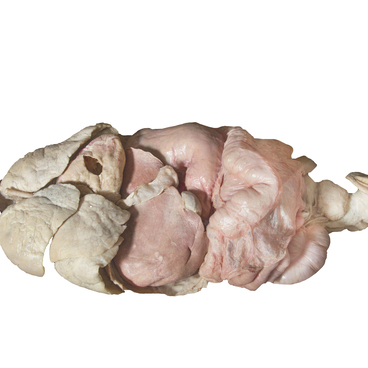Attempts to destroy enemies with chemicals were made by armies in all historical eras. For example, during the Peloponnesian War of the 5th century BC, the Spartans burned sulfur under the walls of the besieged cities. In the Middle Ages, sulfurous gas, smoke of burning tar and arsenic compounds were used against those under siege. During the Crimean War, while Sevastopol was besieged, the British planned to attack the Russian positions with shells filled with sulfurous gas and cacodyl oxide — an arsenic compound — but abandoned this idea.
During World War I, chemical warfare agents became a weapon of mass destruction. So, on April 22, 1915, the German troops released a caustic cloud of chlorine over the French positions near the city of Ypres, Belgium. 15 000 people were injured, 5 000 of them received a lethal dose of the substance. On May 31, 1915, the Germans used chlorine against Russian troops in the vicinity of Bolimov, west of Warsaw. It became clear that the soldiers of the new era needed protection against poisonous substances — chlorine, phosgene and other gases.
One of the first personal protective equipment was a wet mask of the Chemical Committee of the Main Artillery Directorate. It was developed and manufactured by an engineer Nikolay Prokofiev in 1915.
In order to make Prokofiev’s mask, 30 layers of gauze or other thin fabric were folded and soaked in an anti-gas liquid — a mixture of water, glycerin, potash, urotropine and hyposulfite. The mask was sewn in the shape of a “snout”, with an elongated front part — so that it covered the entire face, but at the same time allowed breathing. To protect the eyes, glasses made of simple glass in a metal frame were hermetically inserted into the mask.
The mask was kept on a soldier’s head with the help of a tape system. The main canvas strip was sewn to the left and right sides of the mask, the additional strips were attached to the front side from above. All ribbons were passed through a 15 cm rubber band at the back of the head. To make the mask fit more tightly to the face, another rubber band was added to its front and back sides.
The Russian army was supplied with Prokofiev’s wet masks in 1915. It was difficult and time-consuming to put them on, and the lenses fogged up almost immediately. The masks protected soldiers against chlorine, bromine and phosgene at a concentration of 0.1 mg/l in air for only 30 minutes. Because of that, the snout masks were soon replaced with Nikolay Zelinsky’s coal gas masks.
During World War I, chemical warfare agents became a weapon of mass destruction. So, on April 22, 1915, the German troops released a caustic cloud of chlorine over the French positions near the city of Ypres, Belgium. 15 000 people were injured, 5 000 of them received a lethal dose of the substance. On May 31, 1915, the Germans used chlorine against Russian troops in the vicinity of Bolimov, west of Warsaw. It became clear that the soldiers of the new era needed protection against poisonous substances — chlorine, phosgene and other gases.
One of the first personal protective equipment was a wet mask of the Chemical Committee of the Main Artillery Directorate. It was developed and manufactured by an engineer Nikolay Prokofiev in 1915.
In order to make Prokofiev’s mask, 30 layers of gauze or other thin fabric were folded and soaked in an anti-gas liquid — a mixture of water, glycerin, potash, urotropine and hyposulfite. The mask was sewn in the shape of a “snout”, with an elongated front part — so that it covered the entire face, but at the same time allowed breathing. To protect the eyes, glasses made of simple glass in a metal frame were hermetically inserted into the mask.
The mask was kept on a soldier’s head with the help of a tape system. The main canvas strip was sewn to the left and right sides of the mask, the additional strips were attached to the front side from above. All ribbons were passed through a 15 cm rubber band at the back of the head. To make the mask fit more tightly to the face, another rubber band was added to its front and back sides.
The Russian army was supplied with Prokofiev’s wet masks in 1915. It was difficult and time-consuming to put them on, and the lenses fogged up almost immediately. The masks protected soldiers against chlorine, bromine and phosgene at a concentration of 0.1 mg/l in air for only 30 minutes. Because of that, the snout masks were soon replaced with Nikolay Zelinsky’s coal gas masks.



